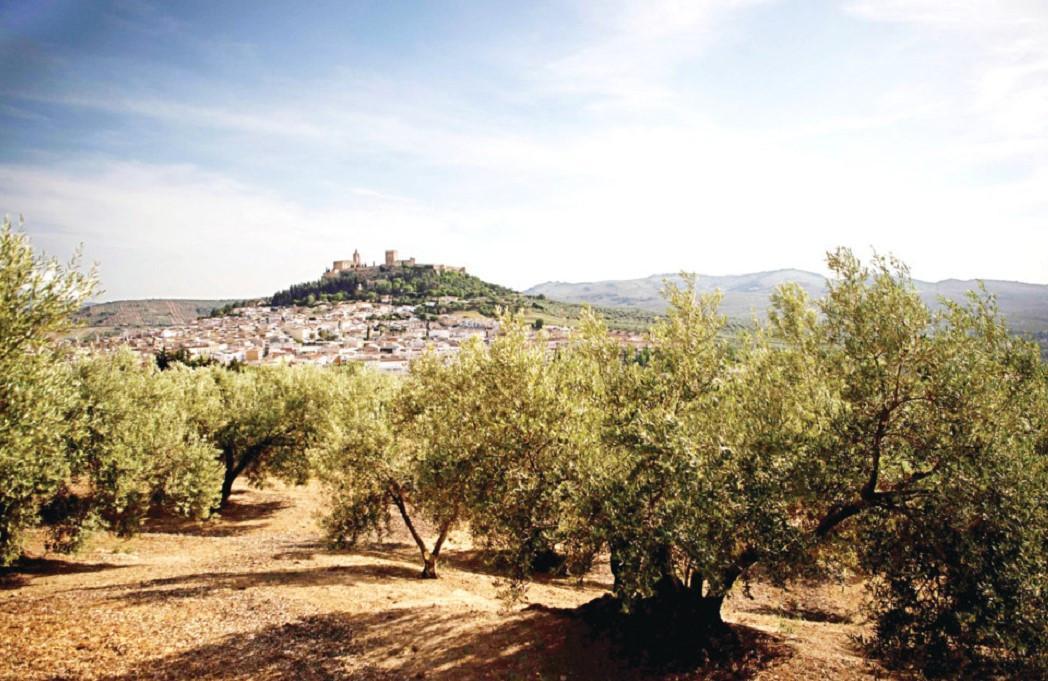
An ongoing drought and soaring temperatures have unleashed fears of an olive “catastrophe” in Spain, the world’s largest producer of olive oil, which suffered a very difficult year in 2022.
“It’s barely rained since January. The ground is very dry,” worries Cristobal Cano, secretary general of the small farmers’ union (UPA) in the southern region of Andalusia, the heart of Spain’s olive oil industry. Cano has never seen such a worrying situation in the 20 years he’s been a farmer.
“If something doesn’t change radically in the next few weeks, it’s going to be a catastrophe,” he warned.
According to the AEMET weather agency, accumulated rainfall since October has been 25 percent lower than normal across Spain and 50 percent lower in most of Andalusia.
And the situation worsened at the end of April, when an early heatwave brought exceptionally high temperatures that saw the mercury hit 38.8 degrees Celsius in southern Spain.
“This happened as the olive trees were in bloom,” says Rafael Pico, director of Asoliva, the Spanish association of olive oil producers and exporters, who fears the blooms will dry up.
“If there are no flowers, there’s no fruit. And if there’s no fruit, there’s no oil.”
For Spain - which normally supplies 50 percent of the world’s olive oil and exports close to 3 billion euros ($3.3 billion) worth every year - the situation is even more worrying given the sector’s disastrous output in 2021-2022.
During that season too, a lack of rain and extreme temperatures saw olive oil production plummeting 55 percent to 660,000 tons, compared to 1.48 million tons in 2021-2022, agriculture ministry figures show. The scene is set to play out again this year.
“Looking at the forecasts, it’s almost a given -- it’s going to be another grim year,” says Rafael Sanchez de Puerta, head of Dcoop, Spain’s leading olive cooperative.
If the predictions prove true, it could spell the end for many olive farms. For consumers, the outlook is also bleak.
“The global price of olive oil depends largely on Spain,” says Pico.
In recent months, the price of oil has jumped. “In mid-April, olive oil was selling at 5,800 euros ($6,400) per ton, up from 5,300 euros in January,” says Fanny de Gasquet of Baillon Intercor, a brokerage firm specializing in oils and fats. In January 2022, it was selling at 3,500 euros. And the upward trend looks set to continue.